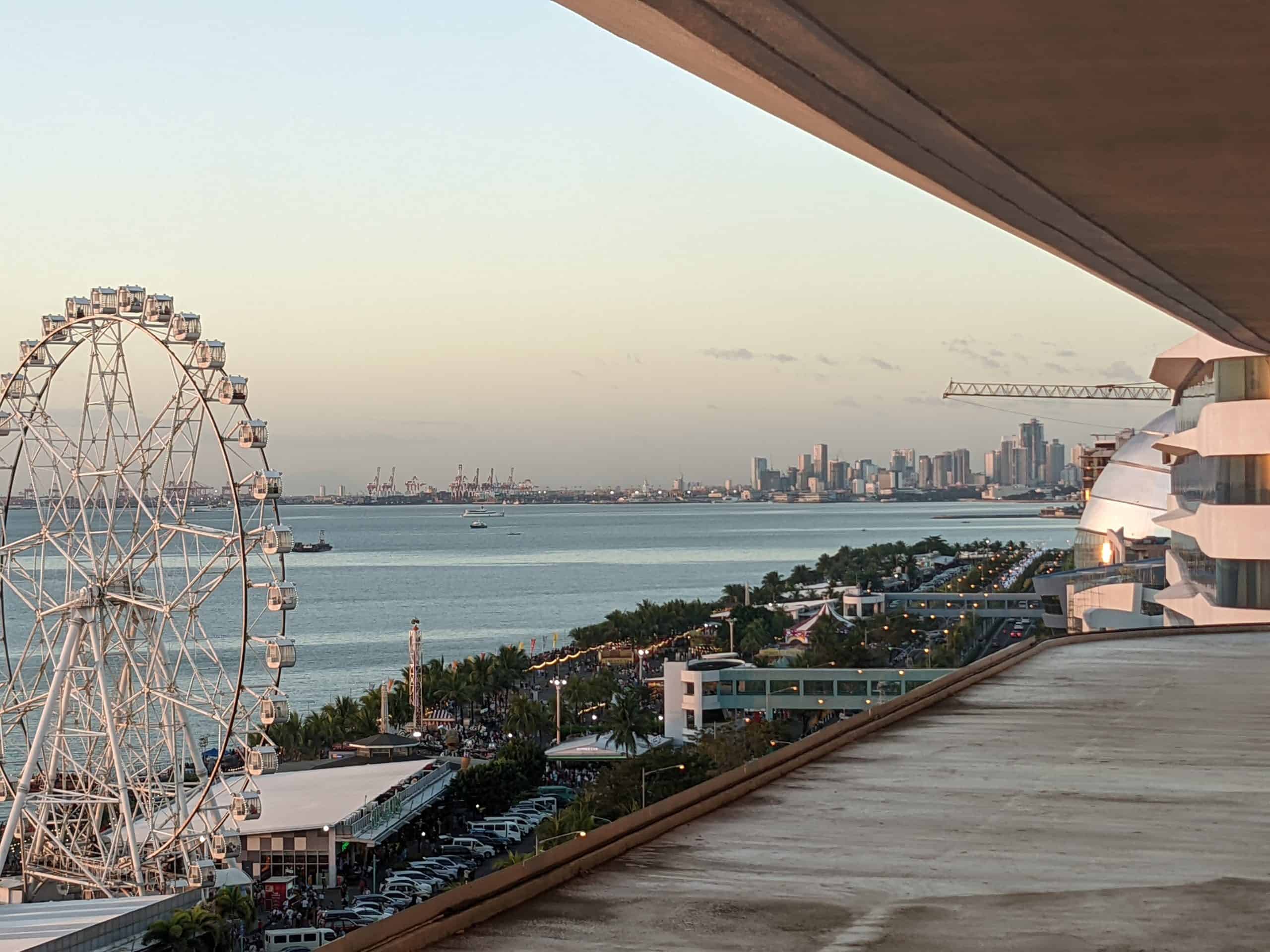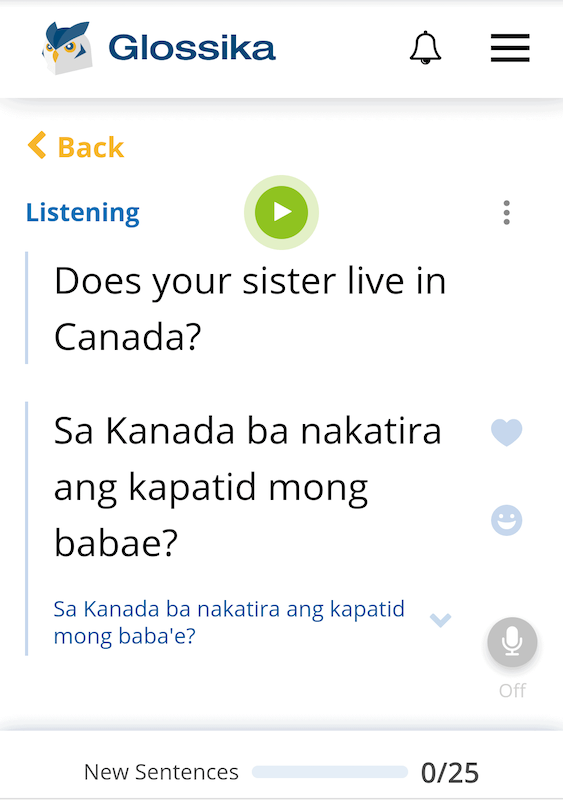What Language Is Spoken In Manila?
If you speak English, then rest assured that you’ll get by perfectly fine in Manila, and virtually everywhere else in the Philippines.
After decades of American control, and close cultural ties ever since, that’s to be expected—especially in such a huge, cosmopolitan city.
But English is obviously not indigenous, so what language is local to Manila?
This is the language spoken in Manila
Tagalog is the primary local language of Manila, and this dialect is often called “Filipino.” English is almost universally spoken as a second language. Many people migrate to Manila from other regions, bringing with them other Philippine languages like Cebuano and Ilocano.
Tagalog people make up the largest ethnic group in the cities of Metro Manila and nearby provinces. Consequently, Tagalog is the first language of most people born around Manila: around 95% of all households.
The map below shows where it’s the primary language (dark blue) or at least widely spoken (light blue)

Those who’ve left more distant regions for Manila often grew up speaking something else, but still end up using Tagalog on a daily basis in the capital (at least outside the home).
You’ll hear it continuously as you walk down the street, and you’ll find it in all (non-English) store signs, papers, TV programs, and so on.
Tagalog is also a lingua franca (a common or trade language) in many other parts of the country, but not quite all of them.
Is English spoken in Manila?
Foreigners may find Tagalog hard to learn, but that’s no problem for visitors. English is widely spoken in Manila, and far beyond.
In fact, it’s one of the Philippines’ two official languages alongside Tagalog (a.k.a. Filipino).
It’s usually the medium of education, business, and government. Speaking very American-sounding English is also a prestigious thing, so it’s not uncommon to hear locals do so among one another.
These days, English is almost everybody’s second language but almost nobody’s first. That has made it an ideal lingua franca in areas where very few people speak Tagalog.
Even around Metro Manila, where Tagalog is basically universal, you’ll often hear locals use an informal mixture called “Taglish.” It’s not a strictly defined language, but usually involves incorporating English into Tagalog grammar, or perhaps even switching into and out of English all in the same conversation.
But beware: even though Filipino English is almost the same as American, some words don’t mean what you’d expect!
Do they speak Spanish in Manila?
Many decades ago, Spanish was the prestige language—the language of education, power, and socioeconomic status. Today, it is no longer spoken in Manila, at least not for daily life.
With American governance, effects of WII, lasting American cultural ties, and globalization in general, English has completely taken its place. It’s not only the prestige language, but also the practical language of most formal or structured affairs.
Today, you’d probably encounter Spanish only foreign language classes, rather old documents, or pre-WWII literature. There are plenty of academic reasons for Filipinos to learn Spanish, but it hasn’t been practical in most peoples’ lifetimes.
That said, some regions still speak creoles of Spanish plus local languages. Collectively, these are known as Chavacano, and most are in the far south of the country. However, a couple of more obscure, Tagalog-based Spanish creoles can still be found in Cavite Province, just outside Metro Manila.
(Additionally, some old Philippine Spanish families do still live in Manila and a few other cities. It’s not inconceivable that some still speak Spanish natively, but I cannot say for sure, and you’re extremely unlikely to cross paths anyhow!)
Filipino vs. Tagalog languages: are they the same?
For all practical purposes, Filipino and Tagalog are the same language.
Filipino is basically a formalized version of the Manila dialect of Tagalog, so this site uses both terms interchangeably.
Differences emerge as you get farther from Metro Manila. For instance, if you head north to Bulacan or south to Batangas, you’re still in Tagalog-speaking places…but the dialects are substantially different from Filipino, i.e., the Manila standard.
Native speakers can mostly understand each other, which is more or less the definition of a dialect (versus a separate language). Still, it quickly becomes clear that Tagalog includes much more than the Filipino language as heard around Manila and on national TV.
Speaking of which, the name “Filipino” is a fairly recent phenomenon. As far as I can tell, it was an official label in the 1960s, intended to convey national unity.
There’s just one problem. The majority does not live anywhere around Manila and therefore does not speak Tagalog (of any dialect) as a first language.
That’s not really controversial around Manila, but it can be elsewhere in the country. Understandably, some find it offensive (or at least unreasonable) to attach the country’s name—”Filipino”—to the capital’s language and dialect.
Of course, any student of languages knows it happens all over the world, e.g., in using “French” for the Parisian dialect of centuries past.
How do you say “Hello” in Manila?
That’s easy: “hello”!
The English greeting really is the norm among Tagalog speakers in Manila, too.
A common alternative is kumusta?, which means “how are you?”.
To be a little more formal, you can also use:
Magandang umaga (good morning)
Magandang hapon (good afternoon)
Magandang gabi (good evening)
For all of these, remember to put po on the end—as in hello po or magandang umaga po—to show respect.
There’s a little more to it, but those should earn you plenty of pogi points.
Should I learn Tagalog for Manila?
As I mentioned earlier, English is so widely spoken around Metro Manila that foreigners do not need to learn Tagalog.
Learning a little bit can be fun and enriching, but it’s of no practical use for a short stay.
If you’re planning a long stay in Manila, let alone a more permanent move, then I do believe it’s worth the effort.
Not for professional reasons, not even for coping with problems, but for the satisfaction of understanding conversations around you, engaging in a language others can “relax” in, and simply participating more naturally in everyday life.
If this was helpful, then be sure to check out my Glossika Tagalog review here. When I decided to start learning Tagalog, it was a painfully slow process (even though my wife is a native speaker). Using the Glossika app has been a great kick-start, and probably the most efficient method I know of.








